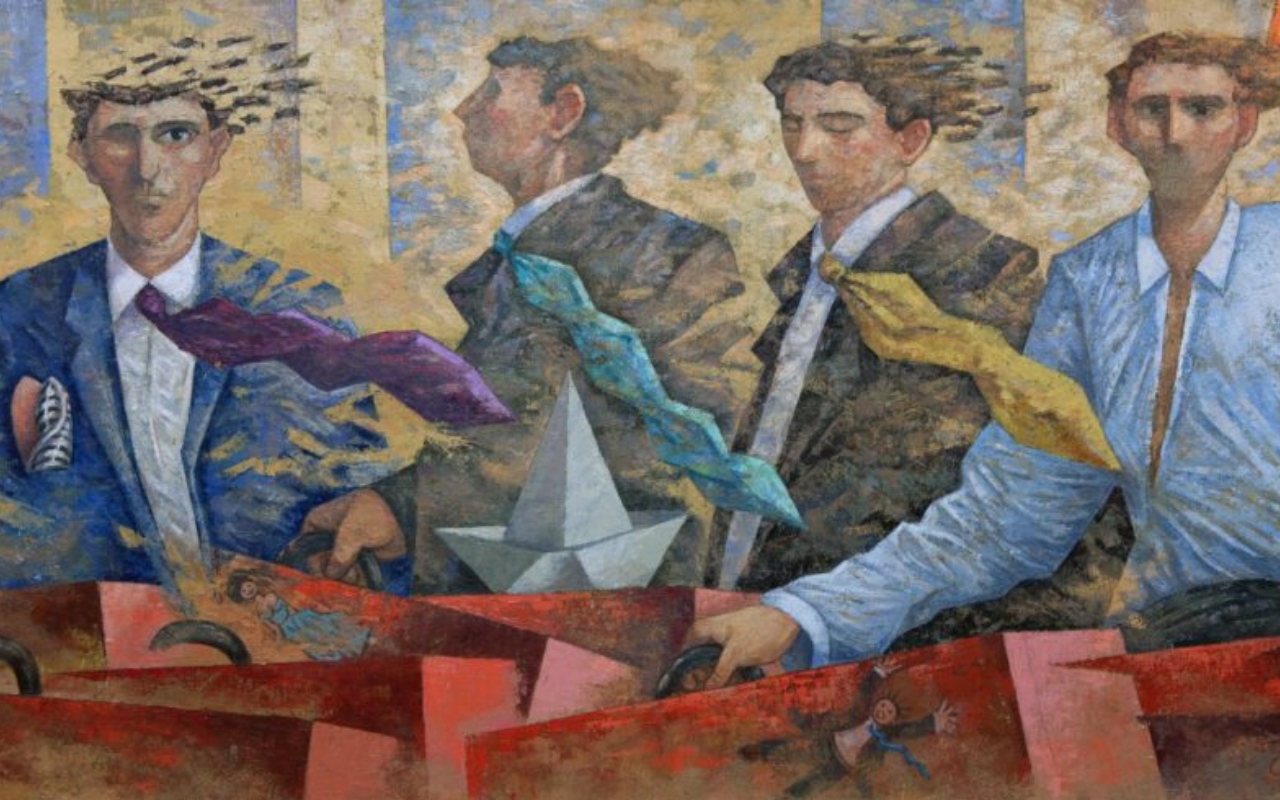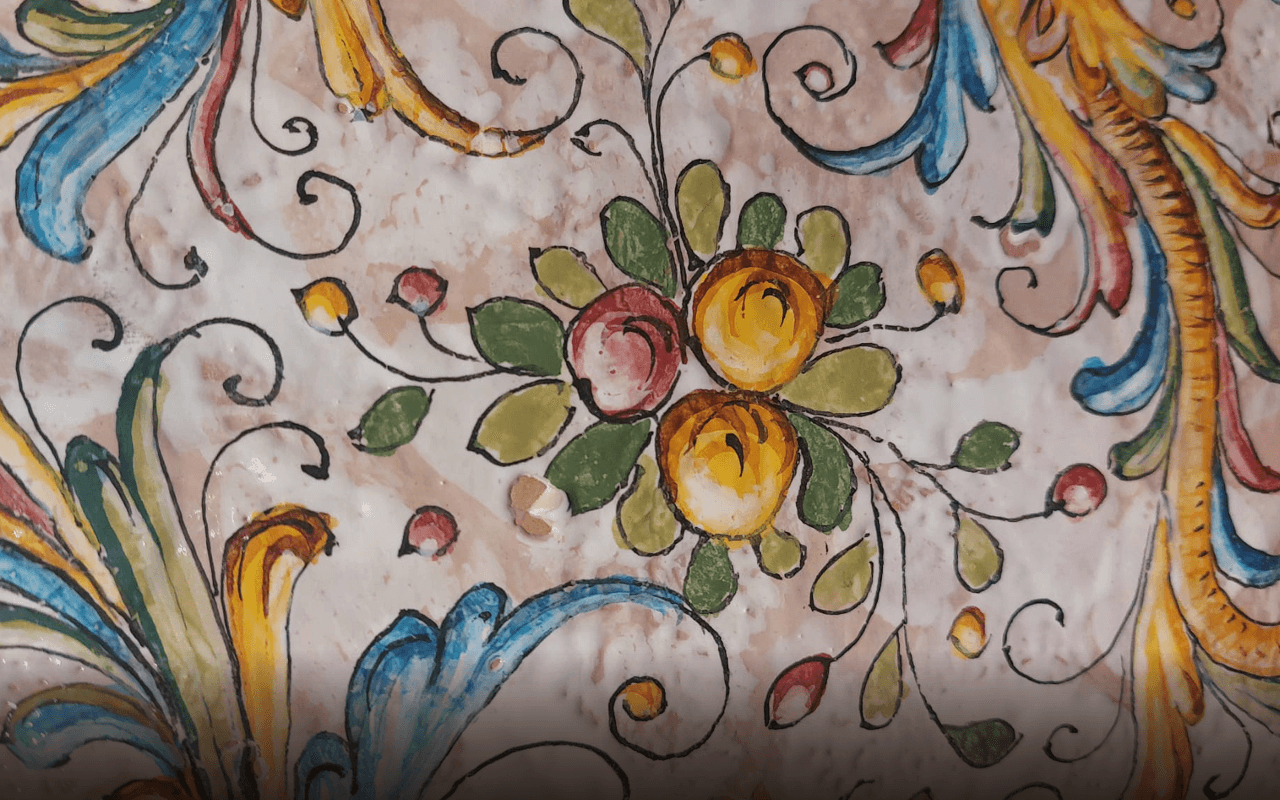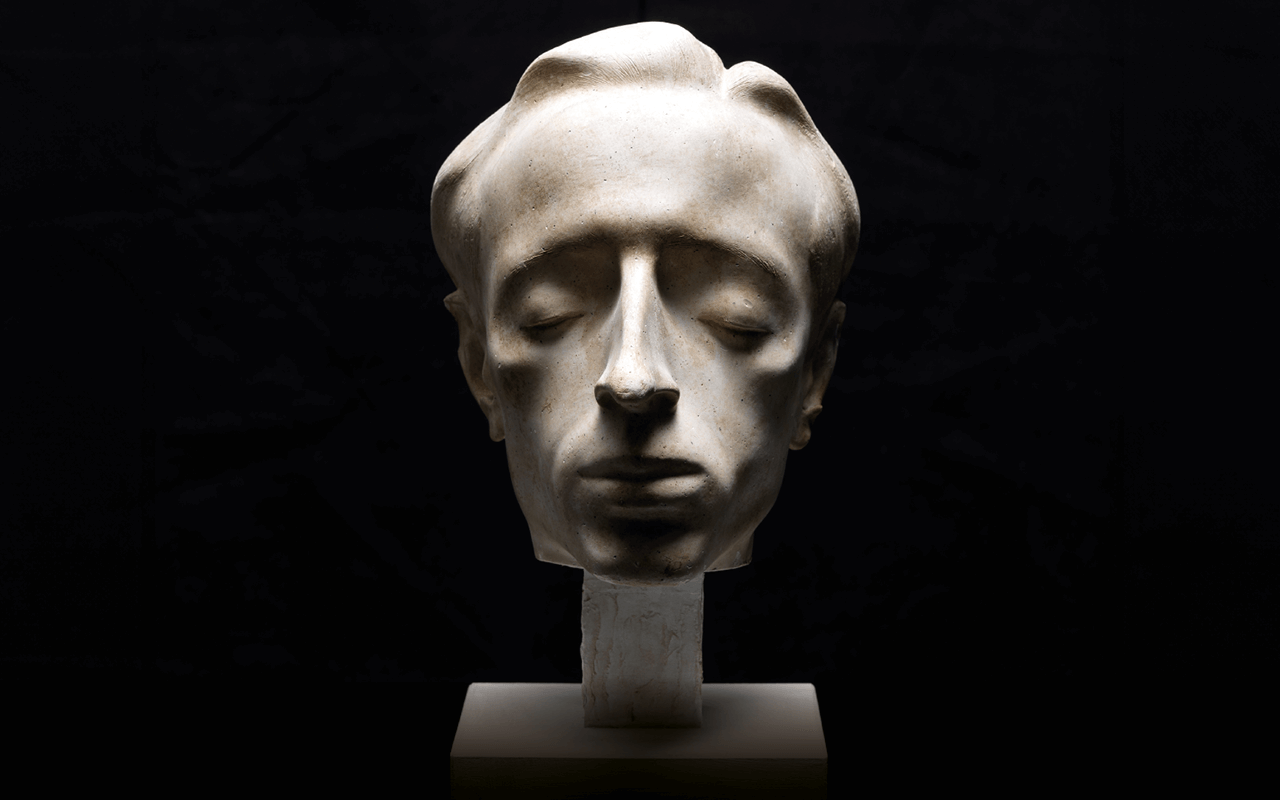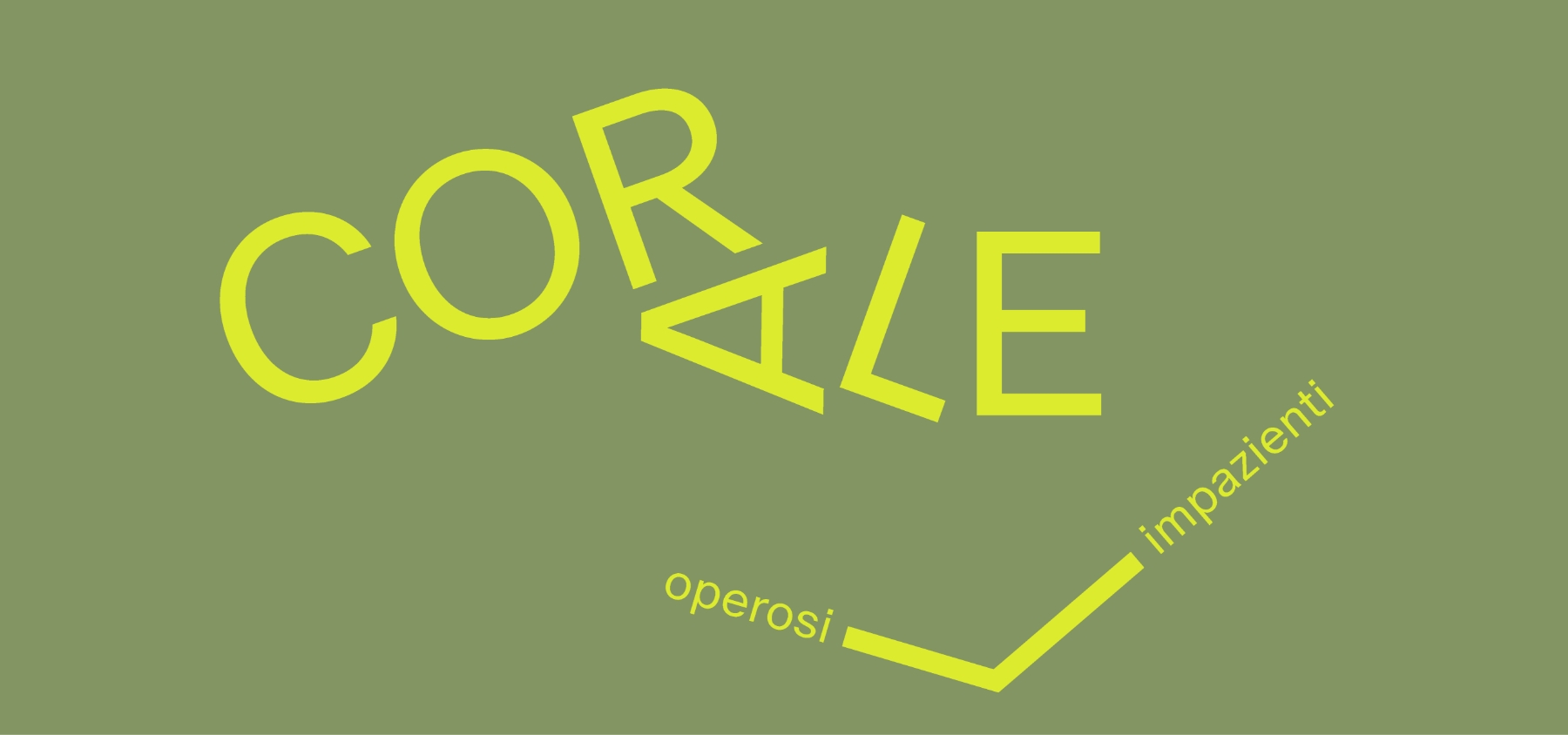between people, practices and spaces, involving citizens, associations and public administrations
CAMBIO Centro Culturale is a place for dialogue and discovery: an inclusive space, open to all, that narrates and questions the present and its mediums. We do so by proposing cultural and artistic activities which encourage the production of new models, where knowledge is the engine of our well-being.
Project
CAMBIO Centro Culturale is a driving force for change. An exploration into art and knowledge celebrating diversity, interculture, and multigenerational interaction between generations.
building inclusive networks and opportunities for relations
valuing social energies
that are to be identified, enabled and interconnected
co-creation
which means designing together welcoming spaces, visionary policies, innovative services and empowering practices
experiential education
which means proposing informal learning processes, built through direct experience, on-field research, planning and collaborating
Exhibitions
Esposizione permanente
The Collection
unveiled
A selection of works from the Banca Cambiano 1884 and Ente Cambiano Art Collection, enriched with two new exhibition halls: the Pottery Hall and the Leto Fratini Hall
As the art historian Antonio Paolucci recalls, Banca Cambiano 1884 understood something fundamental about this part of Italy, the Valdelsa. Here, economy and culture, protection of the territory and development, profit growth and contextual growing of education and knowledge, all work together to constitute a complex reality that is multifaceted, yet indivisible.
There are more than a thousand pieces in the collection. Amongst these, there are masterpieces of ancient, modern and contemporary art. The collection grows especially in the second half of the 1990s, with the acquisition of a remarkable series of canvases by painter Beppe Serafini.
A wide and diverse collection with a special attention to works by artists from Tuscany and, more specifically, from the Valdelsa. This highlights the centrality of the union between the bank and the Vadelsa, which began with the inhabitants of these lands.
The collection includes artworks by prestigious masters, from the 13th century until today, like Giovanni di Ser Giovanni (known as lo Scheggia), Cenni di Francesco di Ser Cenni, Taddeo di Bartolo, Gino Terreni, Sineo Gemignani, Tancredi Parmiggiani, Giuliano Ghelli, Giampiero Talani, Antonio Possenti, Marco Biorgianni, and many others, only seemingly less renowned.
Pottery Hall
In this hall the dialogue between art and craftsmanship, between tradition and experimentation, comes alive. The works on display tell of the art of ceramics as an expressive medium that combines functionality and beauty. The protagonist is the Taccini Brothers’ workshop, a symbol of Tuscanian excellence that reinterprets the Renaissance’s decorative language in a contemporary key. Alongside these creations, the spirituality of forms showcased by Angelo Biancini, who conveys a plastic experience with his glazed terracotta panels. Ivano Cerrai’s sculptures, inspired by the female world, interact with Salvatore Cipolla’s material experimentations, while Marco Borgianni explores classical forms with an essential style.
A section that highlights local excellencies and ceramics as a living and ever-evolving art form.
Leto Fratini Hall
This hall retraces the human and artistic story of Leto Fratini, a young sculptor from the Valdelsa area who was formed in 1930s Milan and is deeply connected to the 1900s cultural and political history. His art fits between the avant-gardes’ expressive tension and classical references, thus revealing an ongoing search for sense and inwardness. Involved in the antifascist network, Leto pays the price for his civil commitment with his life. Arrested on charges of spreading underground press, he will tragically die in Mombello’s psychiatric hospital. His sculptures offer an intense testimony of a generation poised between oppression and rebirth, art and resistance.
Esposizione temporanea
ROBERT DOISNEAU.
Il fotografo poeta
from 10.04.2025
to 01.06.2025
An exciting journey in 20th-century Paris, curated by Patrick Ansellem and Atelier Doisneau, where nostalgia and modernity blend into unforgettable pictures of everyday life.
The exhibition “Robert Doisneau, il fotografo poeta”, produced by Opera Laboratori, invites you to embark on a unique journey through the emblematic places and hidden secrets of this timeless city, captured by the lens of one of the most famous 20th-century photographers.
In his black-and-white shots, Doisneau brings anonymous Parisians to life, immortalizing everyday gestures and stealthy gazes, creating a visual narrative that transcends different generations. Each photograph is a snapshot of an ephemeral moment, a work of art that speaks about humanity and connection.
From the hectic crowded streets to the calm outdoor cafés, Doisneau’s shots reveal the duality of a continuously evolving city, mixing the poetry of daily life with the intensity of human emotions.
The exhibition offers a unique perspective on the portraits of poets, painters, and writers who marked the 20th-century culture: Jacques Prévert, Blaise Cendrars, Alberto Moravia, and Picasso are just some of the names indissolubly tied with this pioneer of photography.
Through Doisneau’s lens, it’s possible to remember not only the moments captured by him, but also the artistic atmosphere of an era where words and images work together in perfect harmony.
Esposizione temporanea
Raccont'Arti
from 29.11.2025
to 06.01.2026
On display are the winning projects and shortlists of the 5th edition of the Raccont’Arti Contemporary Photography Award.
Presented as a critical investigation into how the image shapes our perception of truth, the exhibition offers a wealth of visual stimuli and deep reflections on current social themes, exploring manipulation, authenticity, and the delicate balance between what we see and what we believe we know.
Esposizione temporanea
CAMBIARTI and the CONFINI Project
from 29.11.2025
to 06.01.2026
On display are the winners of the 1st edition of the Cambi’arti Amateur Photographers Competition and the Confini (Borders) project by the Giglio Rosso Photographic Group.
The territory of Tuscany is narrated through landscapes or faces, capable of evoking identity, transformations, and roots, in the shots of the winners of this first edition of the CambiArti Award, an initiative by Banca Cambiano 1884. The exhibition is enriched by a visual reflection on the theme of “CONFINI” (Borders) proposed by the Giglio Rosso Photographic Group.
Spaces
— A space for temporary exhibitions
— A space for the permanent collection, with a selection of works owned by Banca Cambiano 1884
— CORALE restaurant
CAMBIO is in the lower part of Castelfiorentino’s city center, in via Matteotti, just a few meters away from the train and bus stations (www.piubus.it).
By car
Coming from Florence: SGC Firenze-Pisa-Livorno, exit at Empoli ovest. Follow directions towards Castelfiorentino.
Coming from Siena: highway junction Siena-Firenze, exit at Poggibonsi nord. Follow directions towards Castelfiorentino, Empoli.
By train
Firenze-Siena line
Pisa-Empoli-Siena line
Siena-Firenze line
Tickets
Full: 8,00 €
Reduced: 6,00 €
– members Unicoop Firenze
– Amici del Teatro di Castelfiorentino
– Touring Club members
– Cambiano credit card or ATM holders
– groups over 15 units
Free entry:
– children under the age of 6
– journalists with professional membership card (subject to accreditation)
– tourist guides with membership card
– ICOM members
– institutional visits
single ticket valid for families consisting of one or two adults (aged 18 and over) and at least one child aged between 6 and 18 (valid for a maximum of 6 people)
Info and bookings
Opening hours
Closed on Monday.
From Tuesday to Saturday 10 a.m.– 1 p.m. / 4 p.m. – 7 p.m.
Sunday 10 a.m. – 7 p.m.
Open on Easter Monday, 25th April, 1st May: 10 a.m.– 1 p.m. / 4 p.m. – 7 p.m






